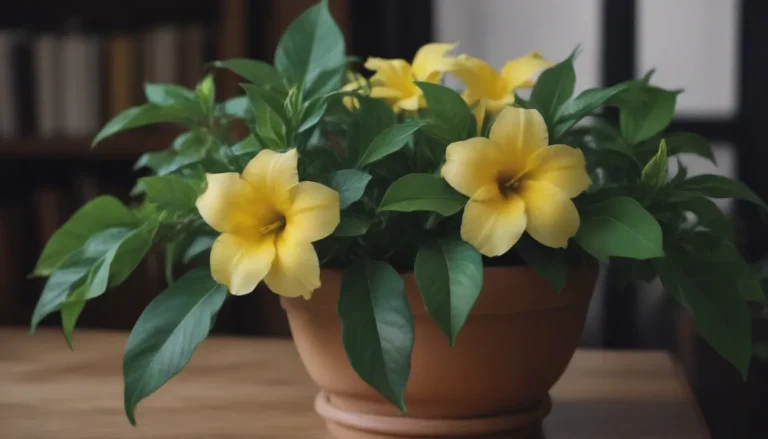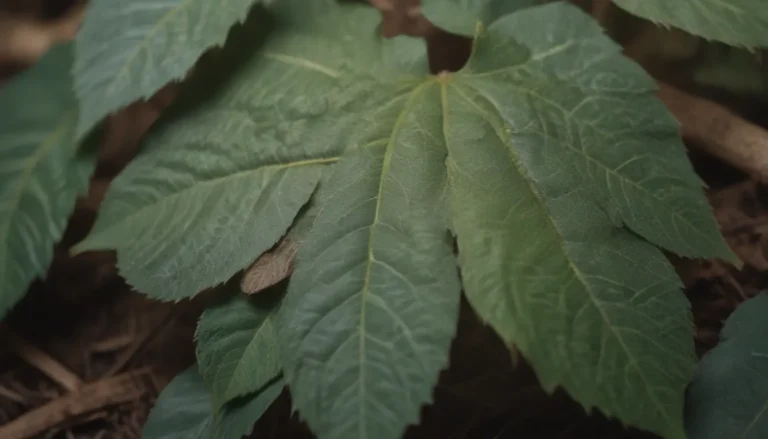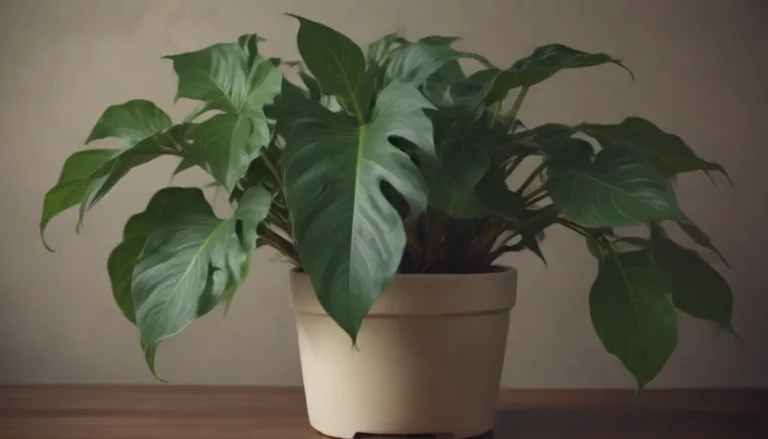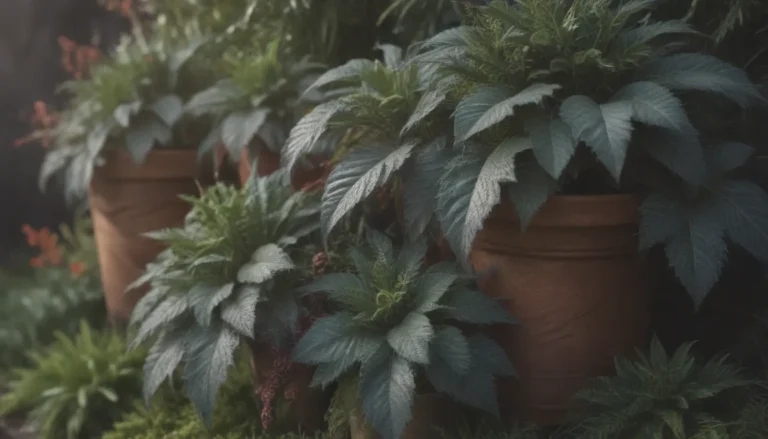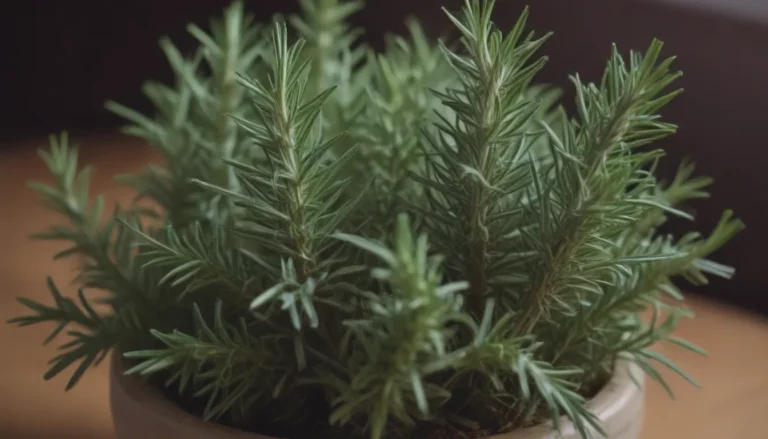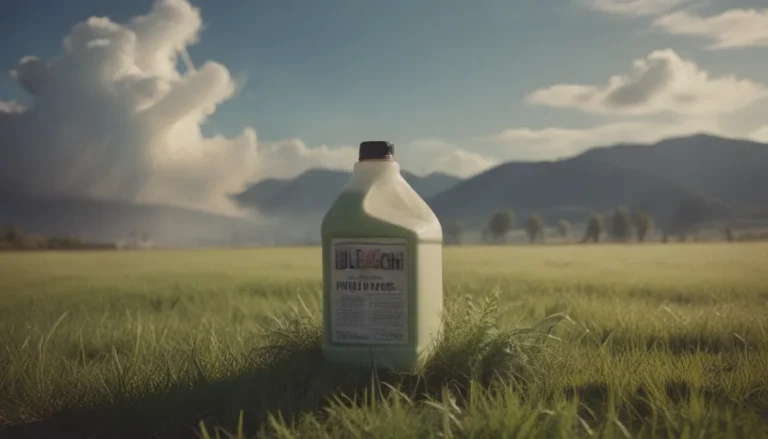Harnessing the Power of Moss: A Complete Guide to Cultivating Your Own Moss Garden

Have you ever wondered about the beauty and tranquility of a garden filled with soft, velvety moss? Moss, often seen as a nuisance, can actually be a valuable addition to your landscape. In this guide, we will explore the benefits of cultivating a moss garden and provide you with all the information you need to grow your own lush patch of greenery like a pro.
Why Choose Moss for Your Garden
Moss has been an integral part of Japanese garden design for centuries, adding a touch of grace and natural beauty to landscapes. While many gardeners may see moss as a pesky plant that invades roofs, lawns, and cracks in patios, it actually has a lot to offer. By working with nature and embracing moss, you can create environmentally friendly, verdant, and serene spaces that are not only visually appealing but also beneficial for the ecosystem.
Finding the Perfect Spot for Your Moss Garden to Thrive
When it comes to growing moss, the key is to provide the right environment for it to flourish. Most moss varieties thrive in shady, damp, and humid climates. Prolonged exposure to intense sunlight can cause moss to turn brown and frazzled quickly. It’s essential to understand the specific growing requirements of the moss species you choose. While some varieties can tolerate a wide range of conditions, others prefer sheltered spots with moist soil.
Here are some key considerations for selecting the ideal spot for your moss garden:
- Shady Environment: Moss thrives in shade and should be planted in areas that receive minimal direct sunlight.
- Moisture: Ensure that the soil is damp and humid, as moss requires moisture to grow.
- Soil Type: Avoid loose, sandy soils, as they can make it challenging for moss to establish its roots.
- Start Small: Begin with a small rocky corner in your yard or create a moss path with stepping stones to test which moss species grow best in your environment.
Choosing the Right Moss for Your Garden
With over 13,000 moss species worldwide, it can be overwhelming to select the right variety for your garden. When it comes to moss cultivation, two primary categories are acrocarpous and pleurocarpous moss.
Acrocarpous Moss
Acrocarpous moss varieties grow slowly, are more upright and mounding, and have a denser form compared to pleurocarpous mosses. They are excellent for weed control and are drought-tolerant, making them a low-maintenance option for your garden. Some popular acrocarpous moss varieties include:
- Haircap moss (Polytrichum commune)
- Pincushion moss (Leucobryum glaucum)
- Broom moss (Dicranum scoparium)
Pleurocarpous Moss
Pleurocarpous moss, also known as carpet or sheet moss, is creeping, flat, and faster-growing. These varieties can tolerate foot traffic and prefer even moisture. They are ideal for controlling erosion and attaching to hard surfaces. Popular pleurocarpous moss species include:
- American tree moss (Climacium americanum)
- Common fern moss (Thuidium delecatulum)
- Feather moss (Hypnum imponens)
Sourcing and Harvesting Moss for Your Garden
Since moss is not typically found in big-box garden centers, you may need to source it from specialist suppliers or harvest it from local sites. It’s essential to respect legal restrictions and permissions when collecting moss from forests or private properties. When harvesting moss, always ensure that you do not harm the existing ecosystem and follow sustainable practices.
Here are some tips for sourcing and harvesting moss for your garden:
- Order Moss Sheets: Purchase moss sheets or slurry from reputable suppliers.
- Local Harvesting: Harvest moss from your property or with permission from neighbors.
- Sustainable Practices: Avoid damaging the environment by harvesting only what you need and allowing moss to regenerate.
Establishing and Caring for Your Moss Garden
Once you have selected and harvested your moss, it’s time to establish your garden. Late spring or early fall are ideal seasons for planting moss, as they provide mild temperatures and higher moisture levels. Whether you are cultivating moss on rocks, hard surfaces, or as a ground cover, follow these steps for successful establishment:
Establishing Moss on Rocks or Hard Surfaces
- Prepare the Surface: Clean and dampen the surface where you will be attaching the moss.
- Shred the Moss: Cut the moss sheet into smaller pieces for easier attachment.
- Attach the Moss: Press the moss against the surface and use pottery clay or a moss slurry for better adhesion.
Caring for Your Moss Garden
Maintaining a moss garden requires minimal effort, but some essential care practices include:
- Remove Debris: Keep the area clear of fallen leaves and branches.
- Weeding: Remove unwanted plants that may compete with moss for space.
- Watering: Ensure the moss is consistently moist but not waterlogged.
- Foot Traffic: Minimize walking on moss to avoid damage to the delicate plants.
Benefits of Moss Gardens
In addition to their aesthetic appeal, moss gardens offer a range of benefits that make them a valuable addition to any landscape. Some of the advantages of cultivating a moss garden include:
- Attracts Wildlife: Moss provides a habitat for various insects, birds, and other wildlife.
- Erosion Control: Moss helps prevent soil erosion and stabilizes landscapes.
- Drought Tolerance: Moss can withstand dry conditions and requires minimal watering.
- Environmental Benefits: Moss contributes to air pollution reduction and soil health.
In conclusion, cultivating a moss garden can transform your outdoor space into a lush, eco-friendly oasis that is both visually appealing and beneficial for the environment. By following the tips and guidelines outlined in this guide, you can grow your own moss garden like a pro and enjoy the beauty and serenity it brings to your landscape. So, why not harness the power of moss and create your own green paradise today?
